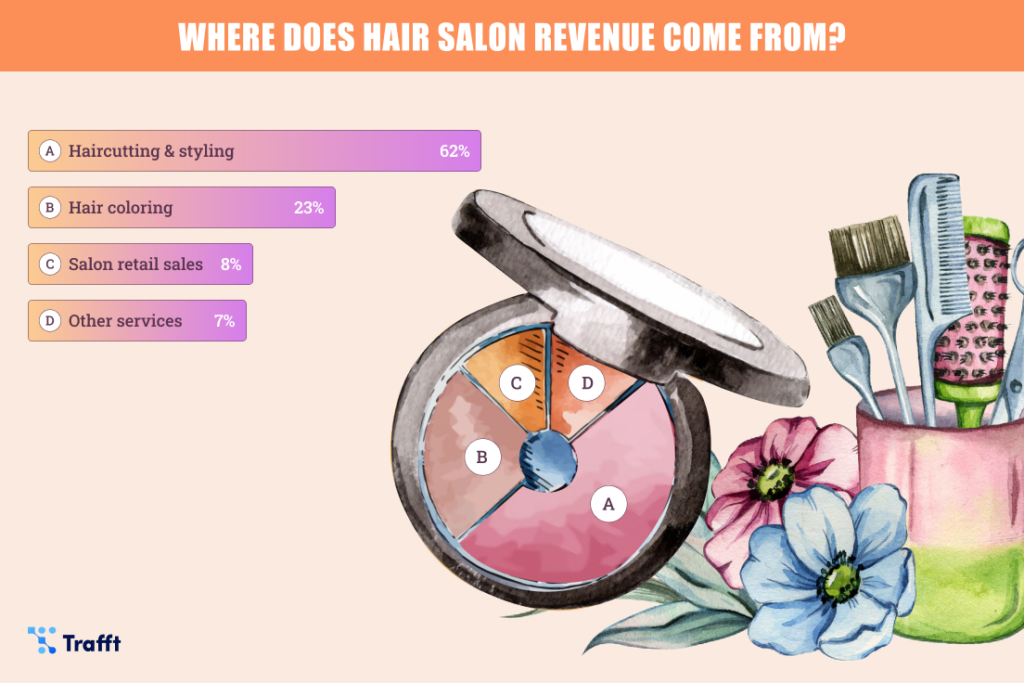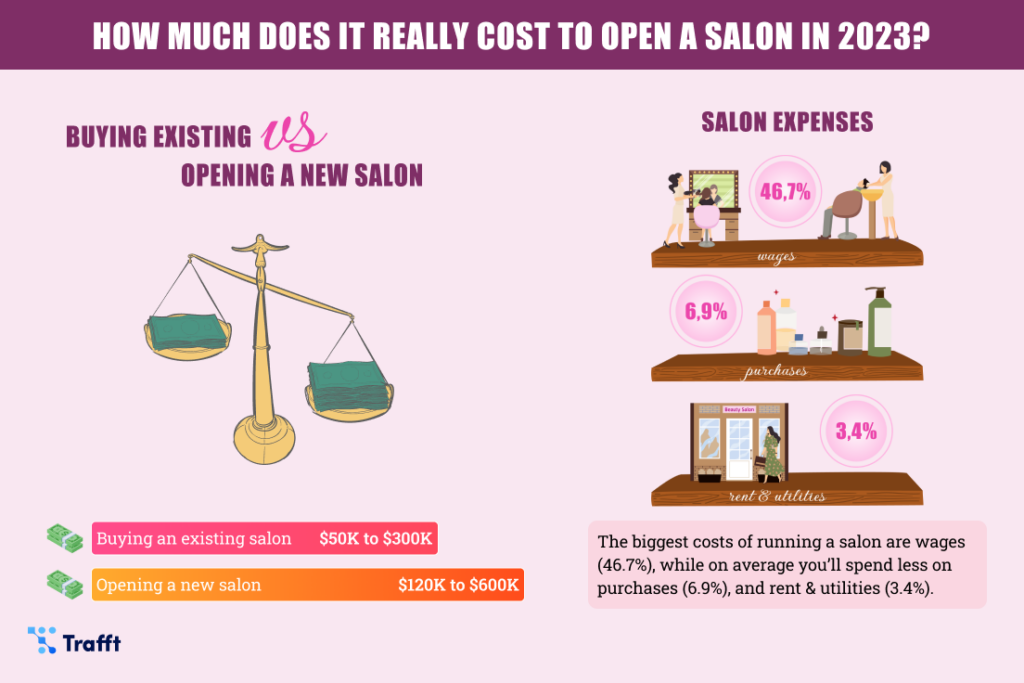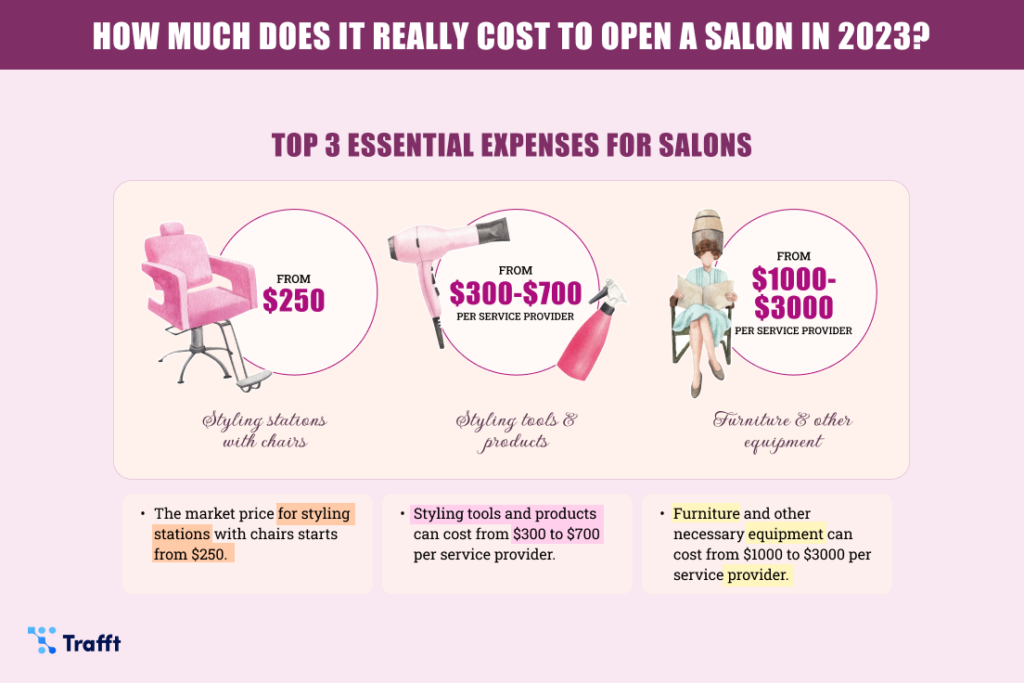Discover the secret strategies to transform your beauty salon, from skyrocketing revenue to attracting a flood of new clients!

Image courtesy of Kampus Production via Pexels
Table of Contents
- Identifying Your Target Audience and Defining Unique Selling Points
- Creating a Compelling Brand Story and Image
- Utilizing Social Media Platforms Effectively
- Leveraging Influencer Collaborations and Partnerships
- Implementing Email Marketing Campaigns
- Conducting Keyword Research for Relevant Beauty Industry Terms
- Optimizing Website Content, Titles, and Meta Descriptions
- Building High-Quality Backlinks through Guest Blogging and Directory Submissions
- Utilizing Local SEO Strategies to Target Specific Geographical Areas
- Tracking and Analyzing Website Performance Using Google Analytics
- Conclusion
Are you a beauty salon owner or professional looking to take your business to the next level? In today’s competitive beauty industry, effective marketing and search engine optimization (SEO) techniques are crucial for attracting new clients and boosting revenue. In this ultimate guide, we will provide you with tips and tricks specifically tailored to the beauty industry so that you can master the art of marketing and SEO for your salon.
Identifying Your Target Audience and Defining Unique Selling Points
One of the first steps in creating a successful marketing strategy is to clearly identify your target audience. Who are the individuals that are most likely to seek the services of your salon? Are they young adults looking for trendy hairstyles or professionals seeking a relaxing spa experience during their lunch break? Once you have identified your target audience, you can begin to understand their needs, preferences, and pain points. This knowledge will help you craft a unique selling proposition (USP) that sets your salon apart from the competition.
Book Now For a Free Consultation
Creating a Compelling Brand Story and Image
Branding is crucial in the beauty industry. Your brand story outlines the values, mission, and vision of your salon. It should be compelling and resonate with your target audience. Use your brand story to showcase what makes your salon unique and why clients should choose you over other options. Leverage this narrative to create a consistent brand image across all marketing channels, including your website, social media profiles, and offline promotional materials.
Utilizing Social Media Platforms Effectively
Social media platforms can be powerful tools for building brand awareness and attracting new clients. Choose the platforms that are most popular among your target audience and use them strategically to engage with potential clients. Share high-quality images and videos of your salon’s best work, provide valuable beauty tips and advice, and run contests or promotions to increase engagement. Remember to interact with your audience by responding to comments and messages promptly. Social media algorithms favor active and engaging accounts.

Image courtesy of www.kitomba.com via Google Images
Leveraging Influencer Collaborations and Partnerships
Influencer marketing is a popular strategy in the beauty industry. Collaborating with relevant influencers can help you reach a larger audience and build credibility for your salon. Look for influencers who align with your brand values and have a strong following. Partner with them to create sponsored content, host events, or offer exclusive discounts to their followers. Influencer collaborations can significantly boost your salon’s visibility and attract new clients.
Implementing Email Marketing Campaigns
Email marketing remains an effective way to stay in touch with your existing clients and nurture potential leads. Collect email addresses from your salon’s website and in-person interactions, and use those contacts to build an email list. Send out regular newsletters, exclusive promotions, and personalized offers to keep your salon top of mind. Provide valuable content, such as beauty tips, how-to guides, or sneak peeks of upcoming services. A well-executed email marketing campaign can lead to repeat business and referrals.

Image courtesy of trafft.com via Google Images
Conducting Keyword Research for Relevant Beauty Industry Terms
Search engine optimization (SEO) is crucial for ensuring your salon’s website appears in online search results. Start by conducting keyword research to identify the terms and phrases potential clients are likely to use when searching for beauty services in your area. Incorporate these keywords naturally into your website content, titles, and meta descriptions. This will increase your chances of appearing higher in search engine rankings and drive organic traffic to your salon’s website.
Optimizing Website Content, Titles, and Meta Descriptions
On-page optimization is an essential part of SEO. Make sure your website content is informative, engaging, and relevant to your target audience. Incorporate your chosen keywords into your content, titles, and meta descriptions. Additionally, optimize your website’s structure, load time, and mobile responsiveness. A user-friendly and well-optimized website will not only improve your search engine rankings but also provide a positive user experience for potential clients.

Image courtesy of trafft.com via Google Images
Building High-Quality Backlinks through Guest Blogging and Directory Submissions
Building backlinks to your website is an effective SEO strategy. Seek out opportunities to contribute guest blog posts to beauty industry websites or blogs with a relevant audience. Guest blogging allows you to showcase your expertise while including links back to your salon’s website. Additionally, submit your salon to online directories or listings specific to the beauty industry. Backlinks from reputable websites can improve your website’s authority and visibility in search engine results.
Utilizing Local SEO Strategies to Target Specific Geographical Areas
For beauty salons, targeting local clients is often essential. Implement local SEO strategies to ensure your salon appears in location-based searches. Claim and optimize your salon’s Google My Business listing, as this will greatly improve your chances of showing up in Google’s local search results. Additionally, encourage satisfied clients to leave positive reviews on online platforms. Positive reviews not only enhance your online reputation but also improve your local search rankings.

Image courtesy of trafft.com via Google Images
Tracking and Analyzing Website Performance Using Google Analytics
It’s crucial to continuously measure the performance of your salon’s website and marketing efforts. Google Analytics is a powerful and free tool that provides valuable insights into key metrics such as website traffic, user behavior, and conversion rates. Use these insights to identify areas of improvement, track the success of your marketing campaigns, and make data-driven decisions to optimize your salon’s online presence.
Conclusion
Marketing and SEO are indispensable tools for success in the beauty industry. By identifying your target audience, crafting a compelling brand story, utilizing social media effectively, leveraging influencer collaborations, and implementing email marketing campaigns, you can boost revenue and attract new clients to your salon. Additionally, by conducting keyword research, optimizing your website content, building high-quality backlinks, and utilizing local SEO strategies, you can improve your salon’s search engine visibility. Remember, continuous tracking and analysis of website performance is vital for ongoing success. Implement these strategies, stay up to date with industry trends, and watch your salon thrive in today’s competitive beauty market!